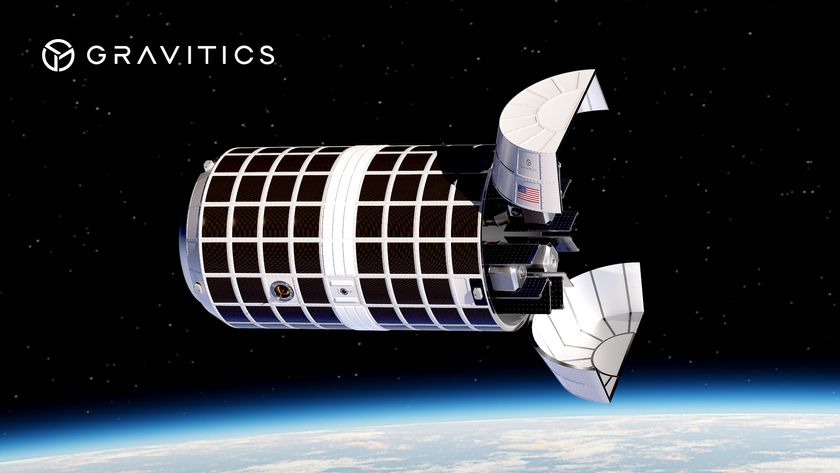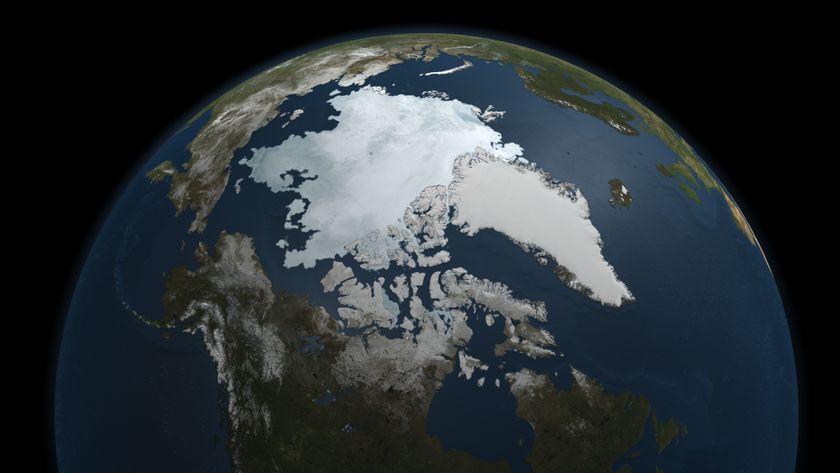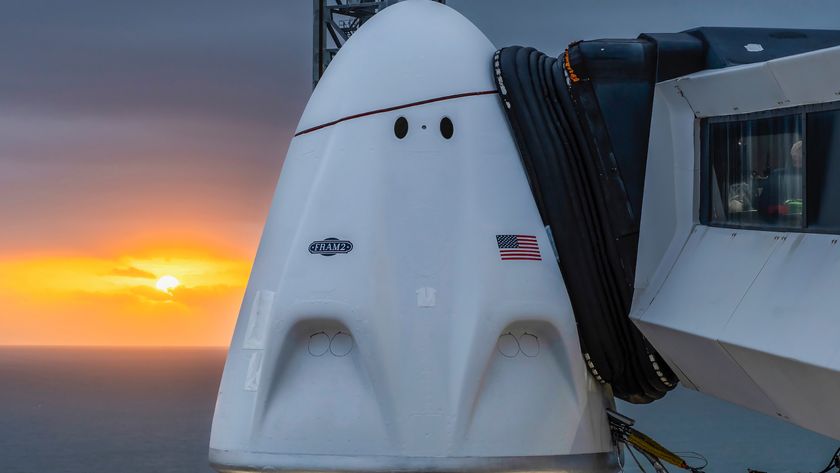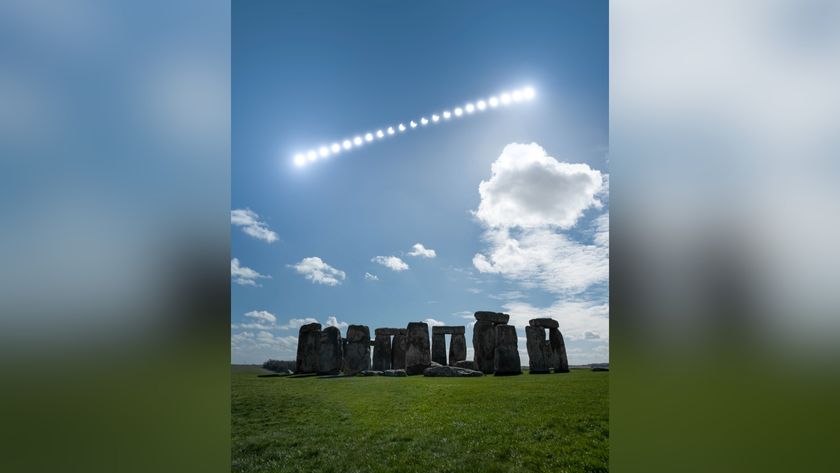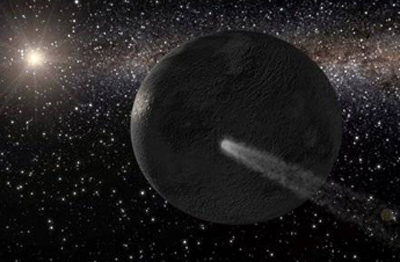
This story was updated at 5:00 p.m. EDT.
Scientists have discovered water ice on an asteroid for the second time, suggesting that it is more common on space rocks in our solar system than previously thought.
Two research teams have found evidence of water ice and organic molecules on the asteroid 65 Cybele, just six months after discovering the same stuff on a different space rock — asteroid 24 Themis — for the first time. The results suggest that asteroids may have delivered much of these essential materials for life to the early Earth, the researchers said.
"This discovery suggests that this region of our solar system contains more water ice than anticipated," said Humberto Campins, of the University of Central Florida, in a statement. "And it supports the theory that asteroids may have hit Earth and brought our planet its water and the building blocks for life to form and evolve here."
A very thin layer
The researchers analyzed the sunlight bouncing off 65 Cybele, which has a diameter of about 180 miles (290 kilometers) and circles the sun in the asteroid belt between the orbits of Mars and Jupiter.
The teams used two different NASA instruments: the Infrared Telescope Facility atop Mauna Kea in Hawaii, and the Spitzer Space Telescope. The telescopes picked up the telltale signatures of water ice and complex organic solids on the space rock's surface, researchers said.
Get the Space.com Newsletter
Breaking space news, the latest updates on rocket launches, skywatching events and more!
They didn't find great sheets of ice — the asteroid's ice layer is probably less than one micron thick, Campins told reporters today (Oct. 8) during the 42nd annual meeting of the American Astronomical Society's Division for Planetary Sciences in Pasadena, Calif.
The ice layer is probably also very unstable, Campins said, so it has probably only coated the space rock for a few thousand years or so. The research team isn't sure where it came from, but one possibility is the asteroid's subsurface.
If the ice did indeed migrate up from 65 Cybele's interior, the water could be primordial, Campins said — leftovers from the early stages of our solar system's formation. But that's just speculation at this point.
"We have a detection, and we're starting to figure out what the physical characteristics and abundance of this ice are," Campins said.
Changing our view of asteroids
The discovery of water ice on 24 Themis — announced in April 2010 by the same two research teams — changed many scientists' perspectives on asteroids. [5 Reasons to Care About Asteroids]
Asteroid 24 Themis resides in the same region of the asteroid belt as 65 Cybele. Many scientists had thought asteroids in this part of the belt were too close to the sun to carry water ice.
These asteroids may have been ice-covered long ago during the solar system's youth, the thinking went, but their surface water should have evaporated by now.
Finding water ice on such space rocks now, 4.6 billion years after the solar system's birth, suggests that asteroids may have delivered much of the water that fills Earth's oceans — and perhaps some of the complex organic molecules that served as the building blocks of life here, scientists have said.
Filling the oceans?
Earth has experienced a violent history, having been bombarded by space rocks throughout much of its life. In particular, a large rock is thought to have crashed into Earth some 4.5 billion years ago, knocking off a giant chunk of material that eventually became our moon.
At that point, the collision would have heated things up so much that any water on Earth would have been vaporized. So, how did the oceans form?
Comets hold a great deal of water ice, but they are not ideal candidates for filling up Earth's early oceans. Comet water tends to be of a different nature — its atoms are in a different configuration — than most of the water on Earth, scientists have said.
The new results strengthen the case for asteroids as water-bearers for the early Earth. In the solar system's early days, asteroids likely slammed into Earth far more frequently than they do today, researchers have said. If many asteroids were even just a little icy, the Earth could have received quite a drenching, they added.
The discovery may also be a boon to NASA's new space exploration program, which is aiming to send astronauts to visit a near-Earth asteroid by 2025.
The research has been accepted for publication in the journal Astronomy and Astrophysics.
- 5 Reasons to Care About Asteroids
- Images: Asteroids in Space
- Water Ice Discovered on Asteroid for First Time
Join our Space Forums to keep talking space on the latest missions, night sky and more! And if you have a news tip, correction or comment, let us know at: community@space.com.

Michael Wall is a Senior Space Writer with Space.com and joined the team in 2010. He primarily covers exoplanets, spaceflight and military space, but has been known to dabble in the space art beat. His book about the search for alien life, "Out There," was published on Nov. 13, 2018. Before becoming a science writer, Michael worked as a herpetologist and wildlife biologist. He has a Ph.D. in evolutionary biology from the University of Sydney, Australia, a bachelor's degree from the University of Arizona, and a graduate certificate in science writing from the University of California, Santa Cruz. To find out what his latest project is, you can follow Michael on Twitter.






